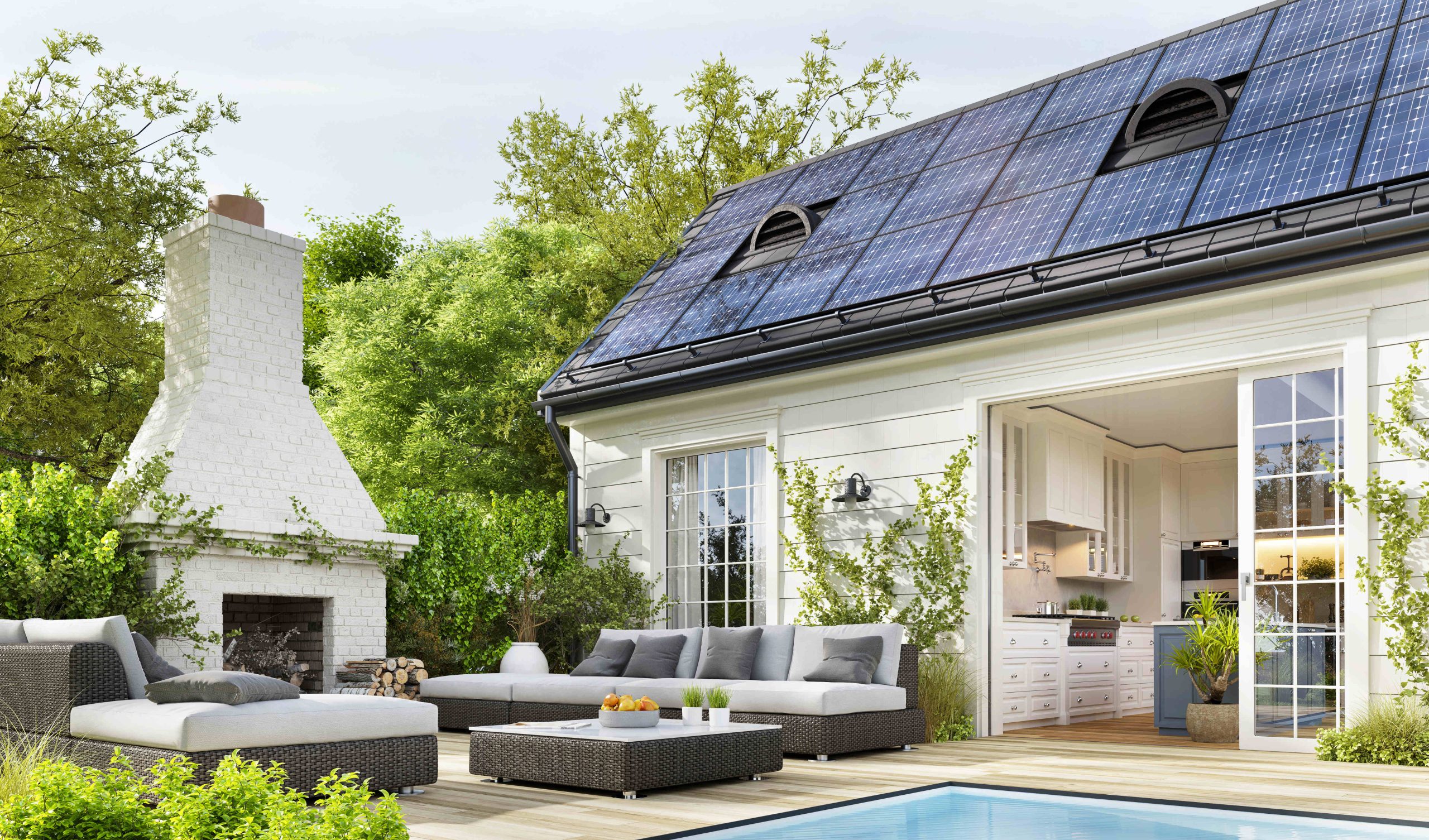If your energy bills have been creeping up, you’re not alone. Between rising costs and seasonal changes, utilities can take a big bite out of your monthly budget. The good news? A few smart, low-cost changes can help you use less energy, spend less money, and even make your home more comfortable. Whether you’re a homeowner or a renter, energy efficiency isn’t just good for your wallet—it’s good for the planet, too. Learn how to make your home more energy efficient with practical tips you can start using today.
Why Energy Efficiency Matters
Energy efficiency is all about doing more with less. That means using technology, habits, and home improvements that reduce energy waste while still keeping your home comfortable. The benefits go beyond just lower bills:
- Save money every month on electricity, gas, and water
- Extend the life of your appliances and HVAC systems
- Boost your home’s value with energy-efficient upgrades
- Reduce your carbon footprint and environmental impact
Even small changes can add up to big savings over time.
Start with a Home Energy Audit
Before making changes, it’s helpful to know where you’re losing energy. A home energy audit—either DIY or professional—can help identify problem areas like:
- Drafty windows and doors
- Leaky ducts
- Poor insulation
- Outdated appliances
- Inefficient lighting
Many utility companies offer free or low-cost audits. Or, walk through your home with a checklist and look for signs of energy loss, like rooms that are always colder or hotter than others.
Top Ways to Cut Energy Use and Save Money
- Seal Drafts and Insulate
Air leaks can force your heating and cooling systems to work harder. Simple fixes include:
- Installing weatherstripping around doors
- Using caulk to seal gaps around windows
- Adding door sweeps to stop cold air from sneaking in
- Using thermal curtains to insulate windows
- Adding insulation in the attic or basement if needed
These upgrades are relatively cheap and can drastically reduce heating and cooling costs.
- Switch to LED Light Bulbs
Still using old incandescent bulbs? Swap them out for LEDs. They:
- Use up to 90% less energy
- Last much longer (up to 25 times)
- Come in all shades and styles
This is one of the fastest, easiest ways to cut your electricity bill.
- Unplug Energy Vampires
Some electronics continue to draw power even when turned off. These “energy vampires” include:
- TVs
- Game consoles
- Coffee makers
- Phone chargers
- Computers and printers
Tip: Use power strips to shut off multiple devices at once, especially in entertainment areas or home offices.
- Adjust Your Thermostat Settings
Heating and cooling your home uses the most energy—especially if your thermostat isn’t working in your favor.
- Set your thermostat to 68°F in winter and 78°F in summer
- Lower the temperature at night or when you’re away
- Invest in a programmable or smart thermostat to automate energy savings
Even adjusting by a few degrees can save 10% or more on your energy bill each year.
- Use Appliances Smarter
You don’t need new appliances to make a difference—just smarter habits:
- Run full loads in your dishwasher and washing machine
- Wash clothes in cold water whenever possible
- Air-dry clothes and dishes to reduce electricity use
- Keep fridge and freezer at ideal temperatures (35–38°F for fridge, 0°F for freezer)
- Use the microwave or toaster oven instead of heating up the full oven
Over time, these habits can cut costs and reduce wear and tear on your appliances.
- Install Low-Flow Fixtures
Saving energy also means saving water. Low-flow showerheads and faucet aerators reduce hot water usage without sacrificing performance.
- Cut your water heating costs
- Lower your overall water bill
- Easy to install with basic tools
Bonus: These upgrades are often eligible for rebates or incentives.
- Upgrade to Energy-Efficient Appliances (When Ready)
If you’re in the market for a new appliance, choose one with the ENERGY STAR label. These models are certified to use less energy while delivering top performance.
Start with big-impact items like:
- Refrigerator
- Washer and dryer
- Heating and cooling systems
- Water heater
Though they may cost more upfront, they’ll save you money every month on your utility bills.
- Manage Your Water Heater
Water heaters account for a significant portion of your energy bill. Here’s how to reduce that cost:
- Lower the thermostat to 120°F
- Insulate your water heater and pipes (especially if they’re in a cold area)
- Take shorter showers or install a timer for electric water heaters
Some newer models include smart features that let you schedule usage during off-peak hours to save even more.
- Use Fans and Natural Ventilation
In warmer months, reduce AC usage by:
- Using ceiling or box fans to circulate air
- Opening windows in the early morning or late evening
- Closing blinds during the day to block heat
- Running exhaust fans in kitchens and bathrooms to remove heat and humidity
Fans cost just pennies per hour to run—much cheaper than air conditioning.
- Check for Utility Rebates and Tax Credits
Many utility providers offer rebates or discounts for energy-saving upgrades like insulation, smart thermostats, or high-efficiency appliances. You might also qualify for federal tax credits under energy-saving home improvement programs.
Check your local utility company’s website or energy.gov to explore current incentives.
Final Thoughts
Energy efficiency doesn’t have to mean big renovations or expensive gadgets. With a few smart habits and low-cost upgrades, you can slash your utility bills and feel good about your environmental impact. Whether you rent or own, live in a tiny apartment or a big house, there’s always something you can do to make your home more efficient—and your bank account a little happier.
